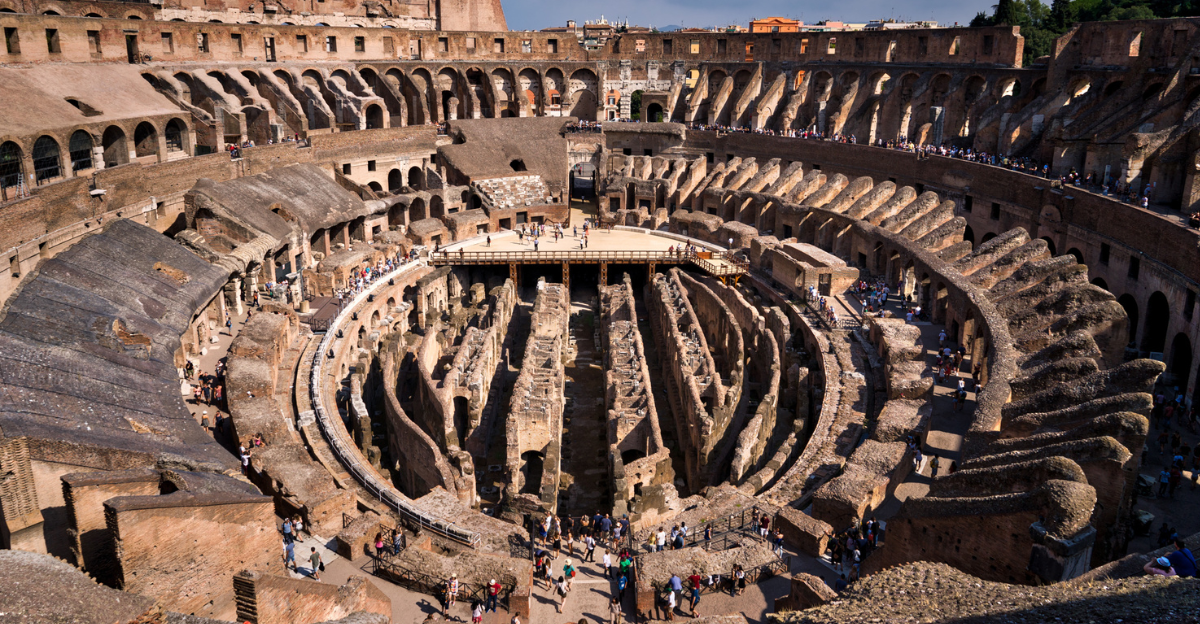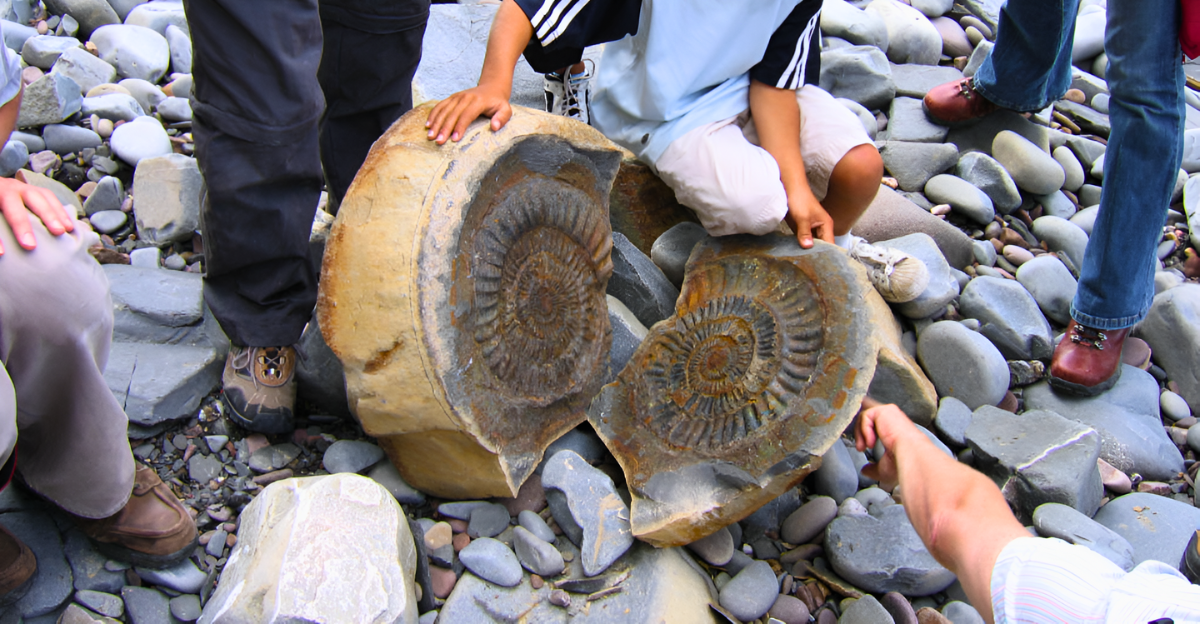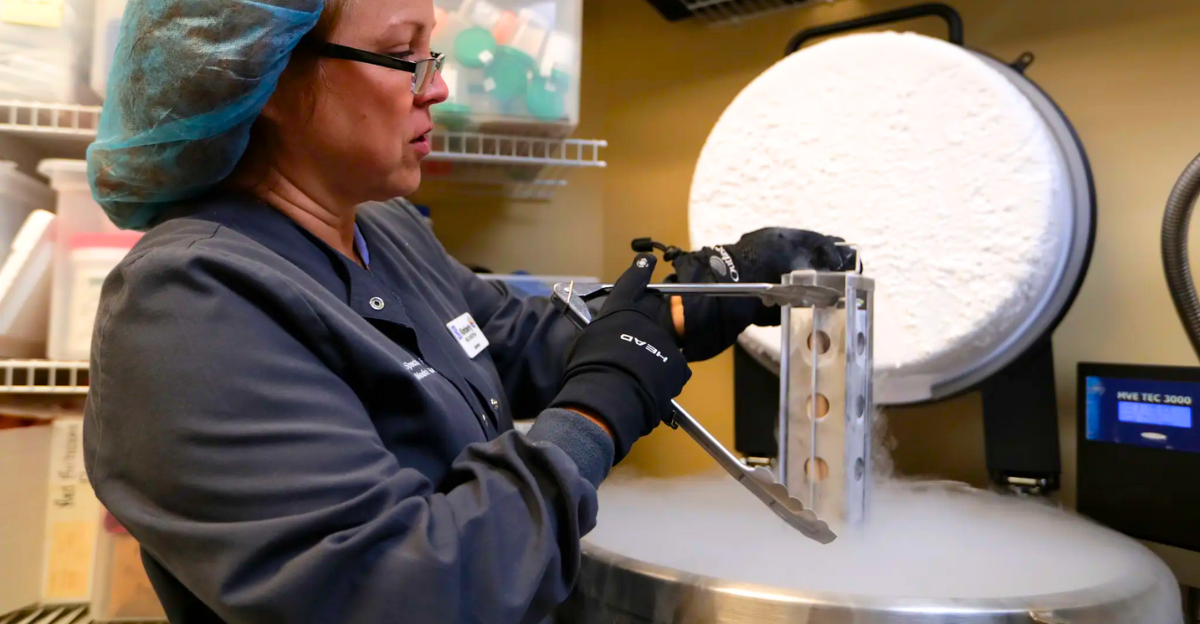
Roman concrete is often said to outperform modern concrete, a claim that draws skepticism from engineers and excitement from conspiracy theorists. But here’s what’s real: while today’s concrete starts deteriorating after 50–100 years, Roman marvels like the Pantheon have stood strong for nearly 2,000. The reason will surprise you.
Scientists are still piecing together the full formula, but they know this ancient material contains self-healing properties triggered by water. Its durability wasn’t luck or myth, but the result of smart, surprisingly advanced engineering. So how did Roman builders create concrete that lasts millennia, and what lessons could it offer for today’s collapsing infrastructure?
Modern Concrete: How It’s Made

Concrete starts with cement, a powder made by heating limestone and clay to 1,482°C (2,700°F), forming a substance called clinker. This clinker is ground into cement, which, when mixed with water, becomes the paste that binds sand and gravel into concrete. The most common type today is Portland cement.
While effective, its structures typically last only 75 to 100 years. Ancient cultures used primitive versions of this process for millennia, but Roman builders introduced unique methods and ingredients that made their concrete stronger, more durable, and longer-lasting than anything modern materials can currently match.
What Made Roman Concrete Different?

Unlike modern cement, Roman concrete relied on a special volcanic ash called pozzolan. This ash reacted with lime and water to form a strong, long-lasting bond, what scientists call a pozzolanic reaction. The ash came from Pozzuoli near Naples and was shipped across the empire.
Combined with seawater, pozzolan helped Roman concrete set underwater, making it ideal for ports and aqueducts. Its durability wasn’t just luck. Roman engineers created a formula that resisted cracks, weather, and even the passage of time better than what most of today’s builders can achieve.
The “Hot Mixing” Process That Created Self-Healing Stone

The real breakthrough came when scientists found that Romans used quicklime, not just slaked lime, creating a process now called “hot mixing.” This triggered chemical reactions at over 200°C, altering the concrete’s structure and forming the white lime clasts. These clasts acted like repair hubs.
When cracks formed, they tended to pass through these weak points. Water then triggered a reaction with the clasts, producing calcium carbonate that filled the crack, essentially healing the material.
Strength vs. Longevity: Why Roman Concrete Isn’t “Stronger”—It’s Smarter

Roman concrete isn’t about raw strength, it’s about lasting durability. Compared to modern concrete, it’s actually weaker in compressive strength but far more resilient over centuries. Today’s concrete prioritizes speed and cost, sacrificing long-term survival.
Romans built massively, with the goal of outlasting entire civilizations. Their “overbuilding” is why their ruins still inspire awe while many modern structures fail in a fraction of the time.
How Underwater Concrete Helped Rome Rule the Seas

Rome’s military dominance relied on more than soldiers, it depended on logistics supported by innovative concrete. Their ability to build permanent harbors, breakwaters, and underwater platforms gave them a strategic edge. One striking example: King Herod’s harbor at Caesarea, which used volcanic ash shipped over 1,200 miles from Pozzuoli.
Romans even developed floating formwork to pour concrete underwater, a technique still hard to match today. Their concrete stood up to seawater, storms, and seismic activity. These structures weren’t just durable, they were key to controlling trade, maintaining supply lines, and building the infrastructure that kept the Roman Empire in power.
The Lost Knowledge That Took 1,500 Years to Rediscover

After Rome fell, the secret to its superior concrete vanished. Though texts like Vitruvius’s De Architectura preserved recipes, the real expertise, the craftsmen, techniques, and quality control, disappeared. Medieval builders used lime and stone but lacked understanding of pozzolanic chemistry and systemized construction. The loss wasn’t just about materials; it was about coordination.
Rome’s concrete success relied on organized supply chains, trained labor, and exacting standards. When those systems collapsed, construction regressed to methods that decayed faster and needed constant repair. Ironically, we needed modern labs and high-tech tools to rediscover what Roman engineers mastered through observation and experience.
The Biomimetic Revolution That Ancient Rome Started First

Roman concrete was one of the first biomimetic materials, designed to work like nature. Just as living tissue heals itself, Roman concrete repairs cracks using stored lime clasts that activate on contact with water. This principle now powers a wave of smart materials, from self-healing plastics to adaptive infrastructure.
Roman concrete also mirrors nature by getting stronger under stress, much like bones or trees adapt to pressure. Today’s scientists are applying these insights to everything from space tech to climate-resilient buildings. The biomimetics market, now worth hundreds of billions, owes a surprising debt to Roman ingenuity, and its ability to learn from nature.
The Psychology of Permanence: Why We Crave What Rome Built

Roman ruins fascinate us because they represent permanence in a disposable world. Their endurance speaks to a human desire for legacy and stability. In a fast-paced society focused on quick results, the Romans remind us to think long-term, building not just for now but for centuries.
Their mindset about time, patience, and humility offers a powerful lesson in how we approach construction and preservation today.
What 2,000-Year-Old Concrete Teaches Us About Building for the Next Millennium

Roman concrete isn’t just a relic, it’s a challenge to rethink how we build. While we chase speed and profit, the Romans built for permanence. Their materials improved over time, forming structures that have outlasted empires. With modern infrastructure crumbling and environmental costs rising, the Roman model offers an alternative: build less, but build better.
The booming self-healing concrete market, projected to top $1 trillion by 2032, validates this ancient insight. The lesson is bigger than chemistry. It’s about values. In rediscovering Roman concrete, we’re reminded that real innovation isn’t always about looking forward, it’s sometimes about looking back, and listening.






